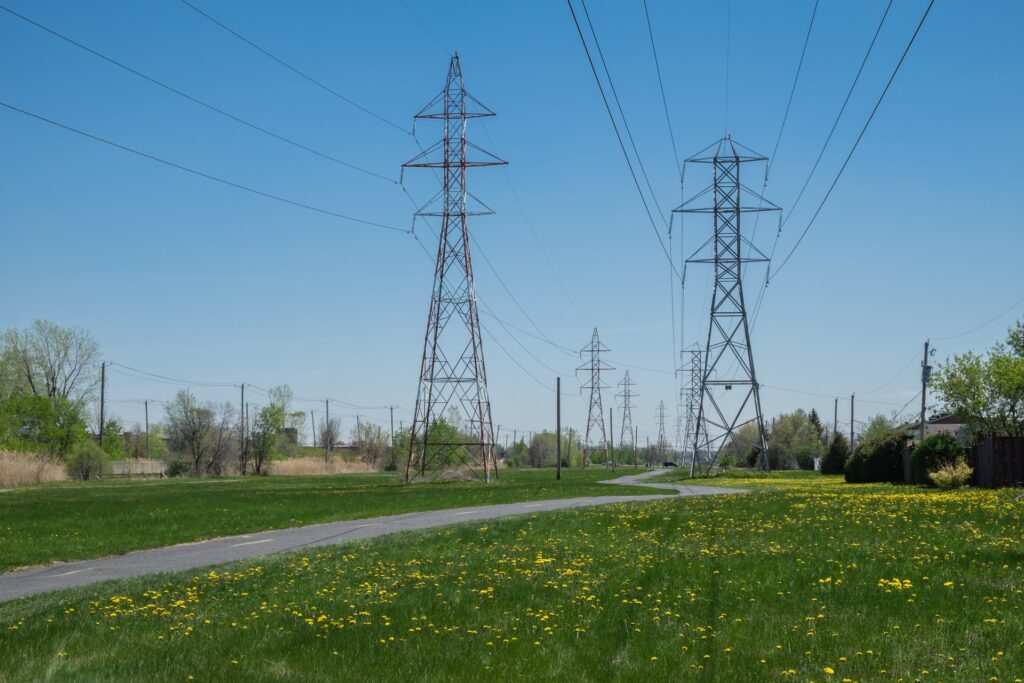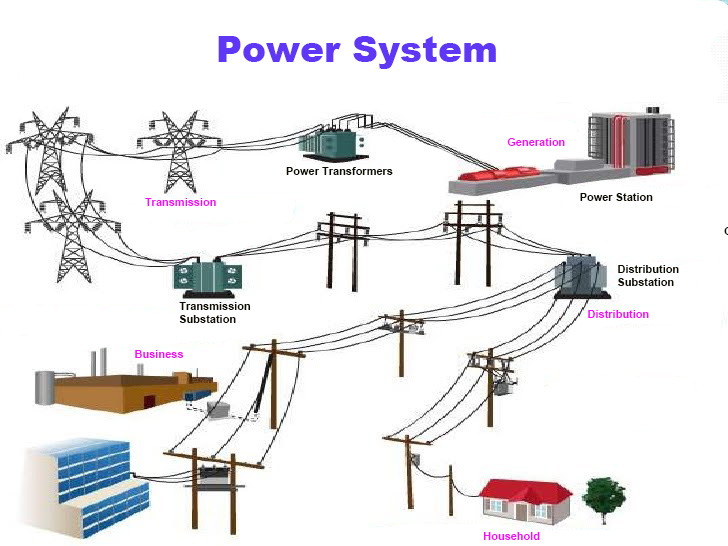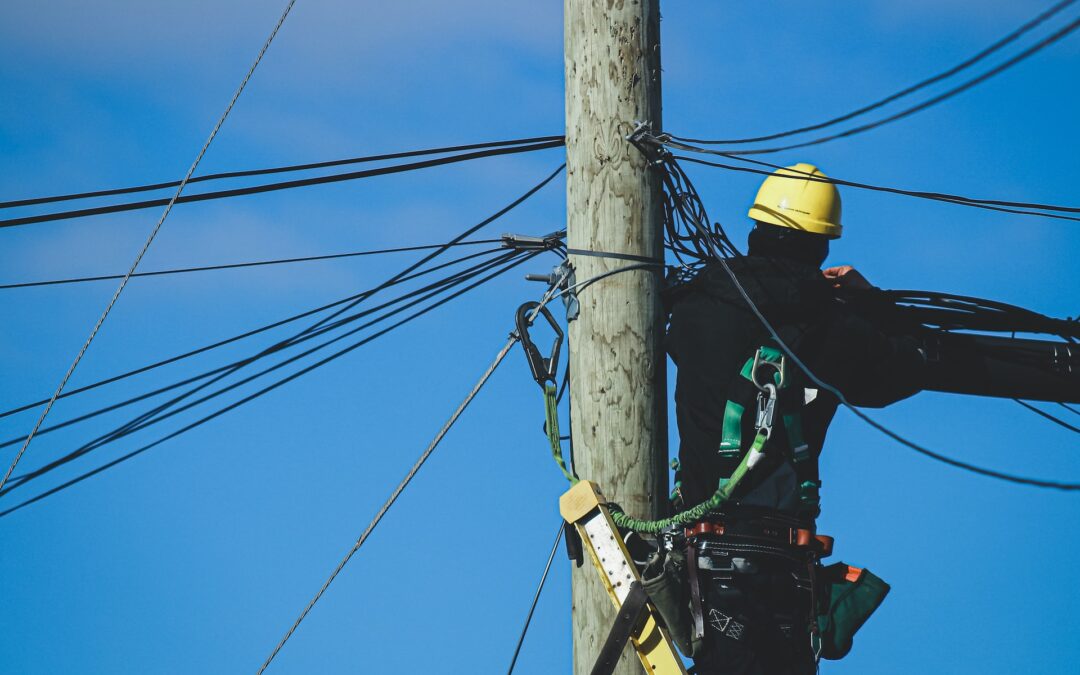The Power System is a crucial part of our life. We use it everyday. However, how does it work? In other words, how does the power transform from power station to residents? In the following passage introduce the importance of the power system and states what is the power system.
All the power systems are builded by power line hardware, including line construction hardware, grouding anchors, utility fasteners, conductor hardware and overhead line connector.
What is a Power System
A system for supplying, transferring, and consuming electric power is known as an electric power system. The supply is accomplished through a generation source (such as a power plant), the transfer is accomplished through a transmission and distribution system, and the consumption can be accomplished through either residential or industrial uses, such as running large motors or powering your home’s lights and air conditioner.
The electrical grid, which supplies energy to businesses and residences over a wide region, is an illustration of a power system. The generators that produce the electricity, the transmission system that moves it from the producing centers to the load centers, and the distribution system that supplies it to surrounding residences and businesses make up the electrical grid.
Additionally, smaller power systems can be found in residences, businesses, hospitals, and industries. The bulk of these systems rely on three-phase AC power, which is the norm for extensive power distribution and transmission in the modern world.

Types of Power Grid
Automobiles, electric train systems, ocean liners, submarines, and specialized power systems all use power sources other than three-phase AC electricity.
Low voltage electricity is produced by the generating facilities. We maintain a low generating voltage because doing so has certain unique benefits. The alternator’s armature is put under less strain during low voltage production. With thinner and lighter insulation, we can build a smaller alternator for low voltage generation.
Smaller alternators are more practicable from an engineering and design standpoint. These load centers cannot get this low voltage power from us.
Factors could affect the voltage
We are unable to boost the voltage of the system over a certain point because, at that voltage, insulation costs skyrocket and, in order to maintain sufficient ground clearance, the costs of the buildings that support the lines also sharply rise.
The amount of electricity to be delivered determines the transmission voltage. Another factor that affects the voltage level of the system for transferring a certain quantity of energy is the surge impedance loading.
At the generating station, step-up transformers with the corresponding safeguards and operational setups are used to increase system voltage. It is referred to as a generating substation. For secondary transmission and/or distribution needs, we must scale down the transmission voltage at the transmission line’s end.
Step down transformers and the operational and protective setups that go along with them are used in this situation. This is a substation for transmission. The electrical energy goes through secondary transmission or primary distribution after main transmission. We scale down the power to the appropriate low voltage level to distribute at the customer premises after secondary transmission or main distribution.
An electrical power system’s fundamental architecture looked like this. However, we haven’t gone into great depth about each piece of apparatus that makes up an electrical power system. The three major parts alternator, transformer, and transmission line are joined by a variety of auxiliary components.
Circuit breakers, lightning arrestors, isolators, voltage transformers, capacitor voltage transformers, wave traps, capacitor banks, relaying systems, regulating arrangements, the earthing arrangements of the line and substation equipment, etc. are a few of these pieces of equipment.

Why Do We Need An Electrical Power System
We always build generating stations where materials are easily accessible from an economic standpoint. Consumers use electricity, but they could continue to do so in places where there aren’t enough resources to generate it.
Additionally, there are occasionally a number of additional restrictions that prevent us from building a producing station closer to the dense consumer areas or load centers.
Instead, we utilize a generator that is outside placed, and we employ a lengthy transmission line and distribution system to send the electricity it produces to the load centers.
We refer to the complete setup for effectively and reliably transferring energy from producing facilities to consumer ends as the electric power system.


